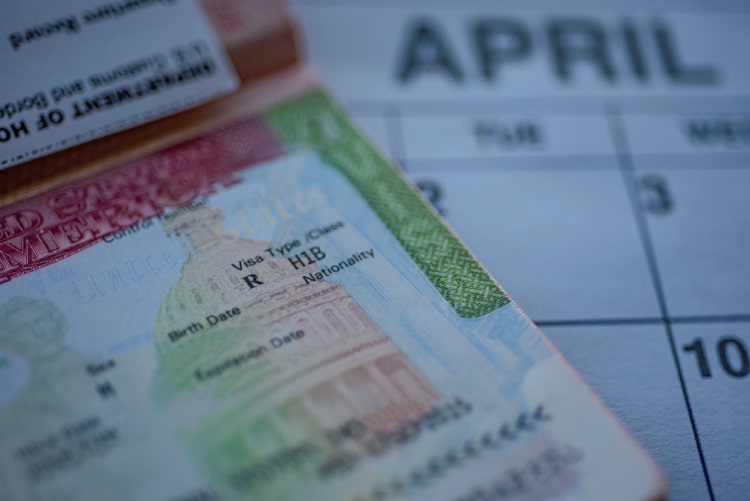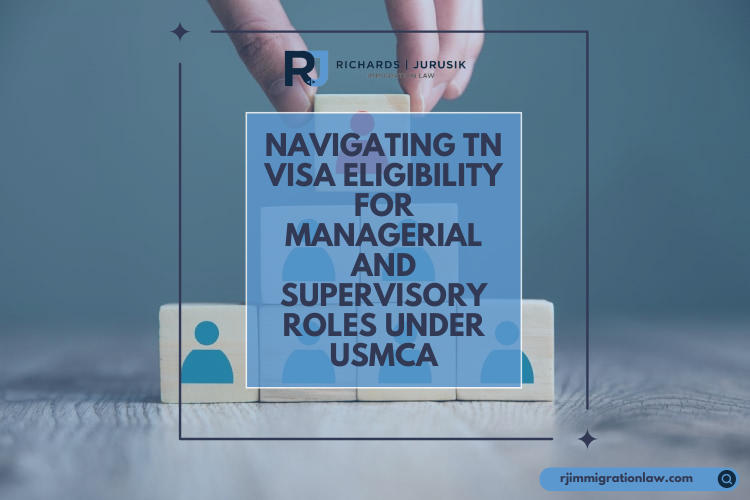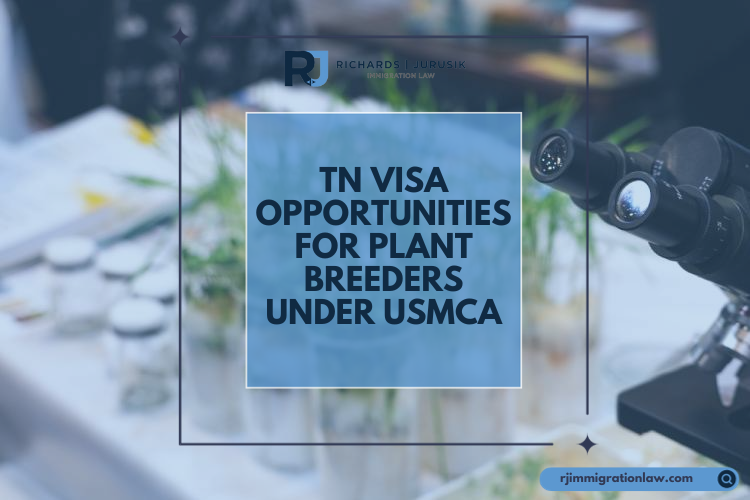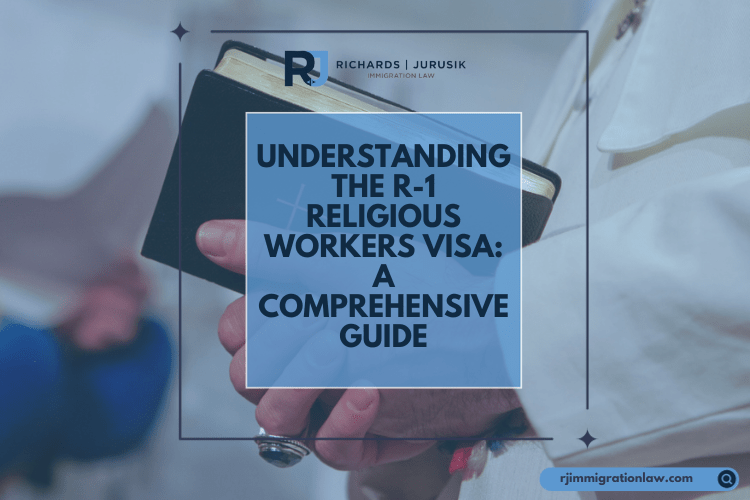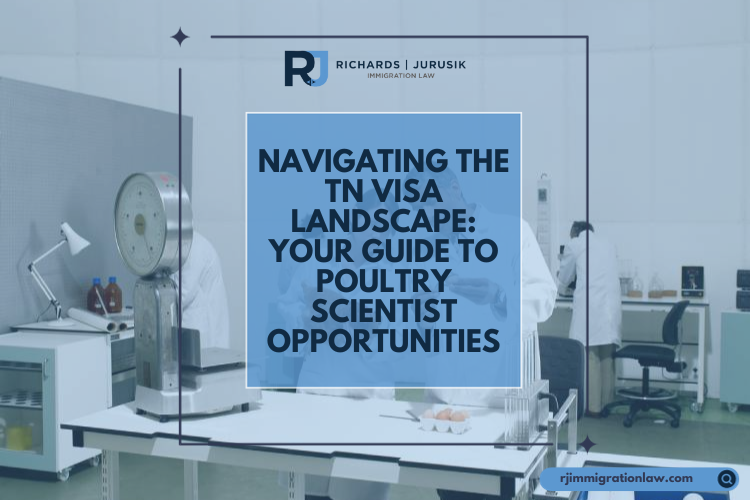The Department of Homeland Security (DHS) has announced an update to the H-1B visa program to significantly ease the application process for many petitioners. DHS proposes eliminating the “employer-employee relationship” requirement from the definition of a U.S. employer, a standard that common law principles have traditionally guided. This requirement has long been a hurdle for H-1B petitioners, especially those owned by the petitions’ beneficiaries.
This initiative marks a clear step towards simplifying the regulations, reflecting the DHS’s dedication to reducing administrative barriers and making the United States Citizenship and Immigration Services (USCIS) immigration benefits more accessible.
Following a court order and a subsequent settlement agreement in June 2020, the USCIS had already moved away from its January 2010 policy that dictated the interpretation of the employer-employee relationship under common law. Under the updated policy, to demonstrate such a relationship, a petitioner needs only show evidence of meeting at least one of the criteria related to hiring, paying, firing, supervising, or controlling the beneficiary’s work.
Typically, H-1B petitioners meet these requirements through a Labor Condition Application (LCA) and, if necessary, an employment agreement. This documentation proves the petitioner’s commitment to employing and compensating the beneficiary, satisfying the employer-employee relationship criteria under the current guidelines. The existing requirement has become redundant and could be confused if retained.
Moreover, the proposed adjustments aim to remove ambiguities by codifying the need for petitioners to have a genuine job offer for beneficiaries within the United States, thereby preserving the H-1B visa program’s integrity.
The disparity between the USCIS and the Department of Labor (DOL) ‘s definitions of an employer has often led to confusion. The DOL defines the employer as the entity that files the petition or LCA on behalf of the nonimmigrant. The DHS’s proposal intends to align these definitions, improving clarity and consistency across the H-1B, E-3, and H-1B1 visa processes.
Conclusion:
The DHS’s proposal represents a meaningful advancement toward streamlining the H-1B visa application process. Removing the employer-employee relationship requirement and enhancing regulatory consistency aims to alleviate administrative challenges, making the path more explicit for H-1B petitioners, particularly those owning their businesses.

